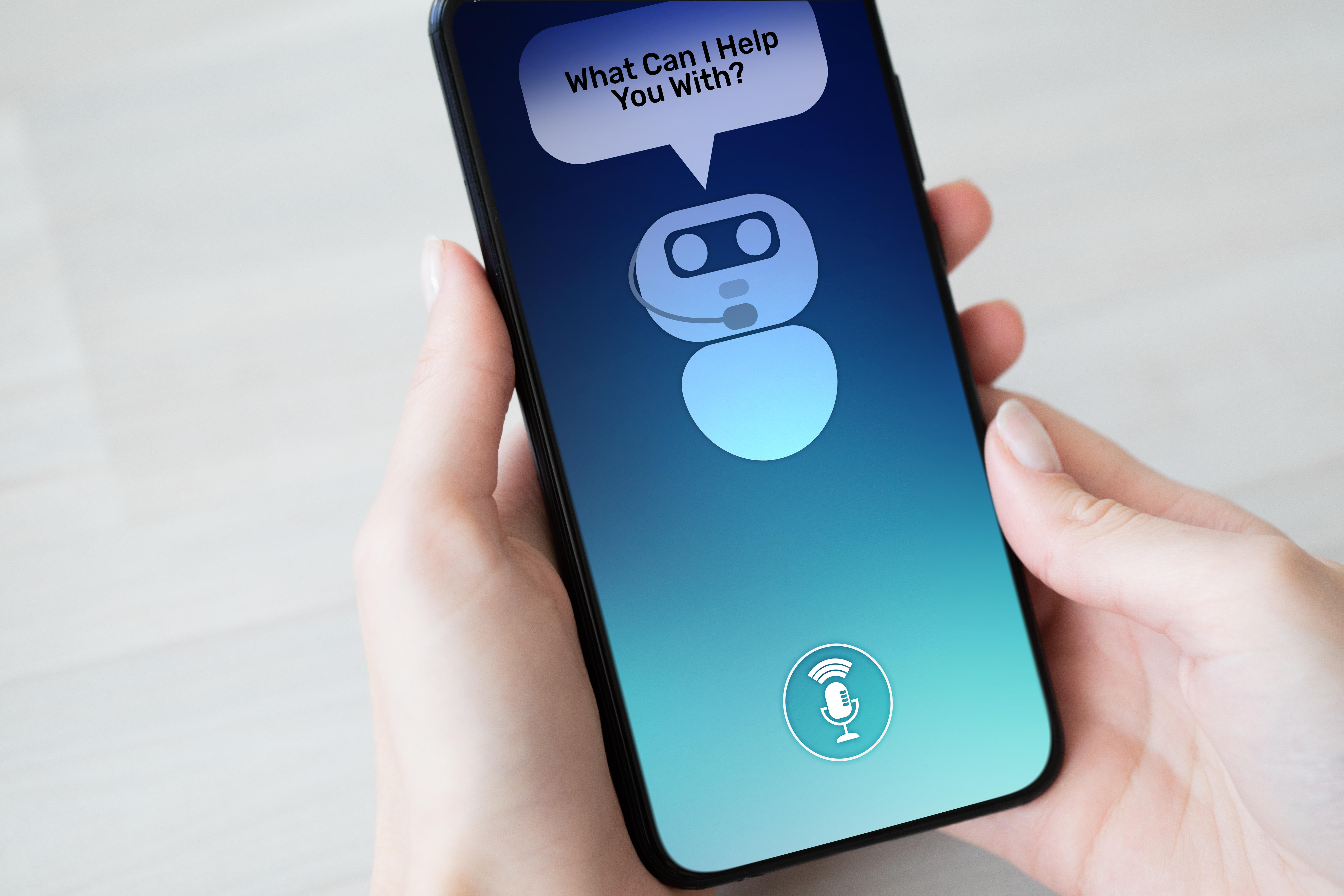So much of the conversation around Generative AI in the contact center pits agents against bots and other AI-driven features. But what if a bot turned out to be an agent's best friend, and vice versa?
That was one of the provocative points that came out of a discussion I had this week with Dimitris Vassos, CEO and founder of Omilia, a conversational AI provider with 20-plus years in the speech technology/natural language business. Our conversation turned, as all must, to Generative AI (GenAI), and while Vassos has a roadmap for expanding the use of GenAI in Omilia’s speech bots and chatbots, he suggested that part of the refinements of the next generation of bots may come from agents—that making bots better could become a vital part of many agents’ work.
Putting GenAI tools in agents’ hands could be a quick and effective way of improving bots’ performance, Vassos said. Let the agents train the bots, and let agents compete against each other to see whose bot performs best—a whole new avenue of gamification, evaluation, and compensation for agents.
At least for now, Vassos sees a hierarchy in which agents (as well as contact center and business managers) supervise GenAI-driven applications that, effectively, supervise conversational AI bots, which become more effective than they currently are at covering the "last mile" to the customer. The humans work with GenAI-enabled tools to improve the models that the conversational AI works from as it deals with customers in its more controlled implementation. The GenAI can cut huge amounts of developmental time and cost out of the process; GenAI development tools can replace expensive developer resources for these models, with the process driven and overseen by the agents and manager. So GenAI plays a vital role, but still isn't being turned loose on the customers themselves.
Vassos contends that this accelerated pace of development will improve the state of conversational AI bots, driving greater levels of self-service. Not surprisingly given his company’s focus, he insists much of the market will gravitate toward voicebots as opposed to Web-based chatbots. “Voice always has been the king,” Vassos said.
Higher rates of deflection or containment—i.e., more contacts being handled by self-service—don’t just help contain agent costs, Vassos noted. It lets the contact center scale its “workforce” up and down much more dynamically than a more agent-dominated model can achieve, since bots are an unlimited resource with none of the constraints that humans experience around scheduling. It’s all about customer assistance moving from being a scarce resource, to one that’s, if not unlimited, at least much more abundant.
I have to close with the usual caveats: Agent assistance is still very popular, and today’s chatbots are enjoying only limited success, as Robin Gareiss of Metrigy points out in this recent No Jitter post. The assumption Vassos and many others are making is that not only can GenAI accelerate chatbot and voicebot development, it can also contribute to making the bots better. That assumption has yet to be tested. Just another thing to watch for in the new world of GenAI.









